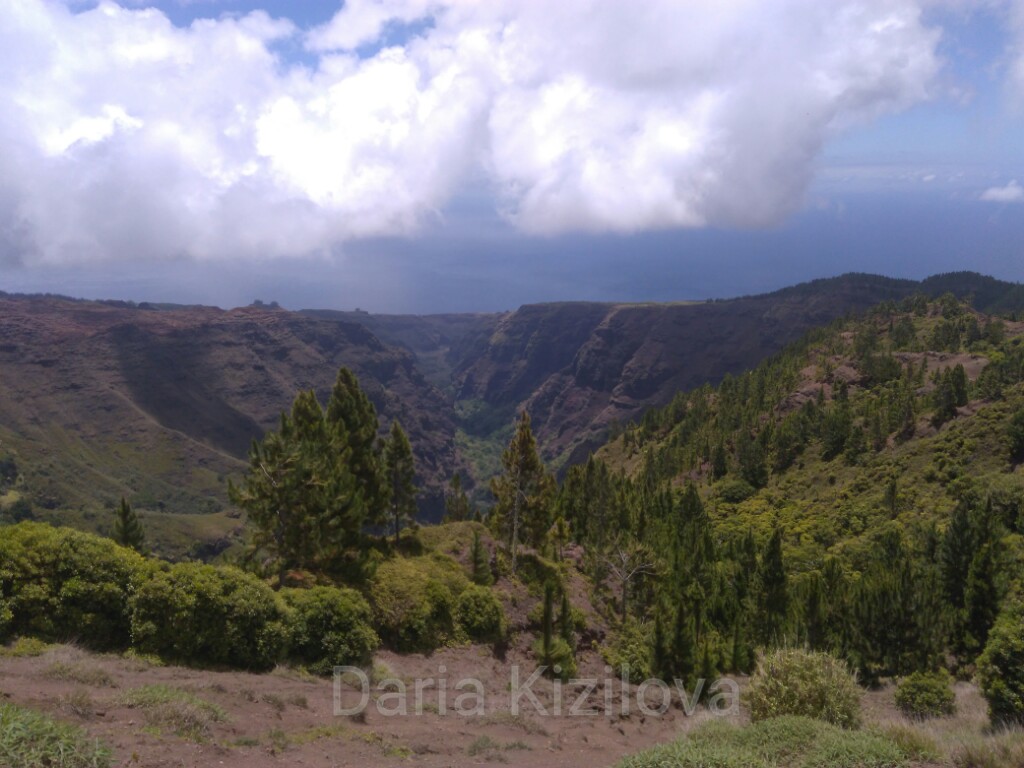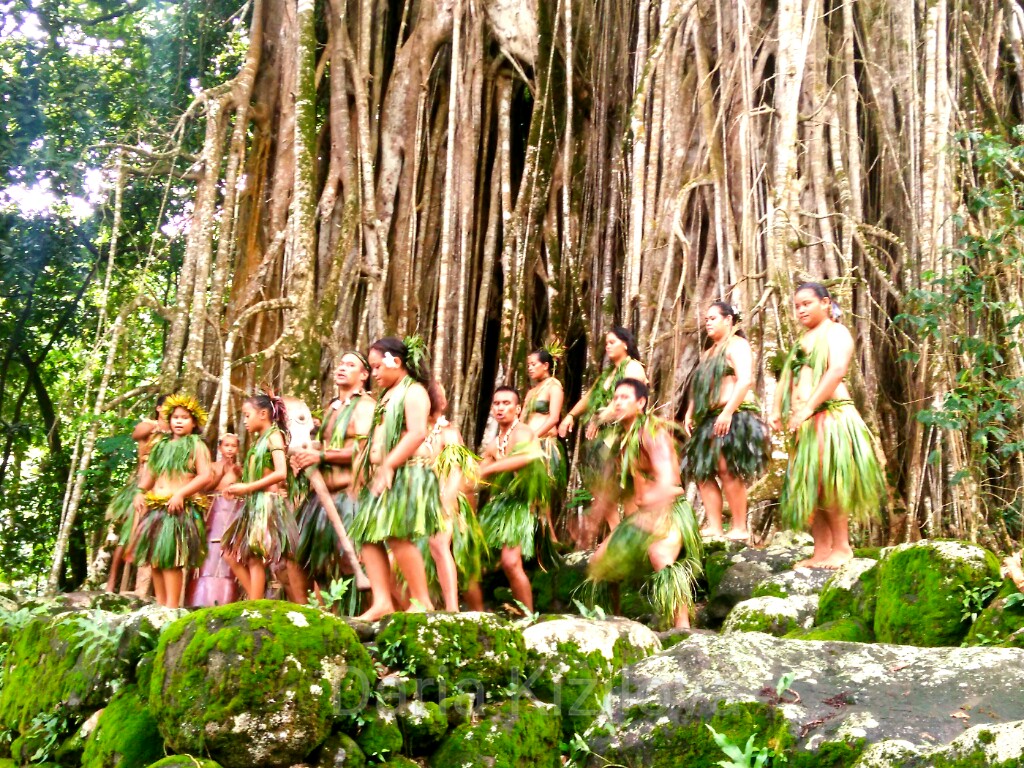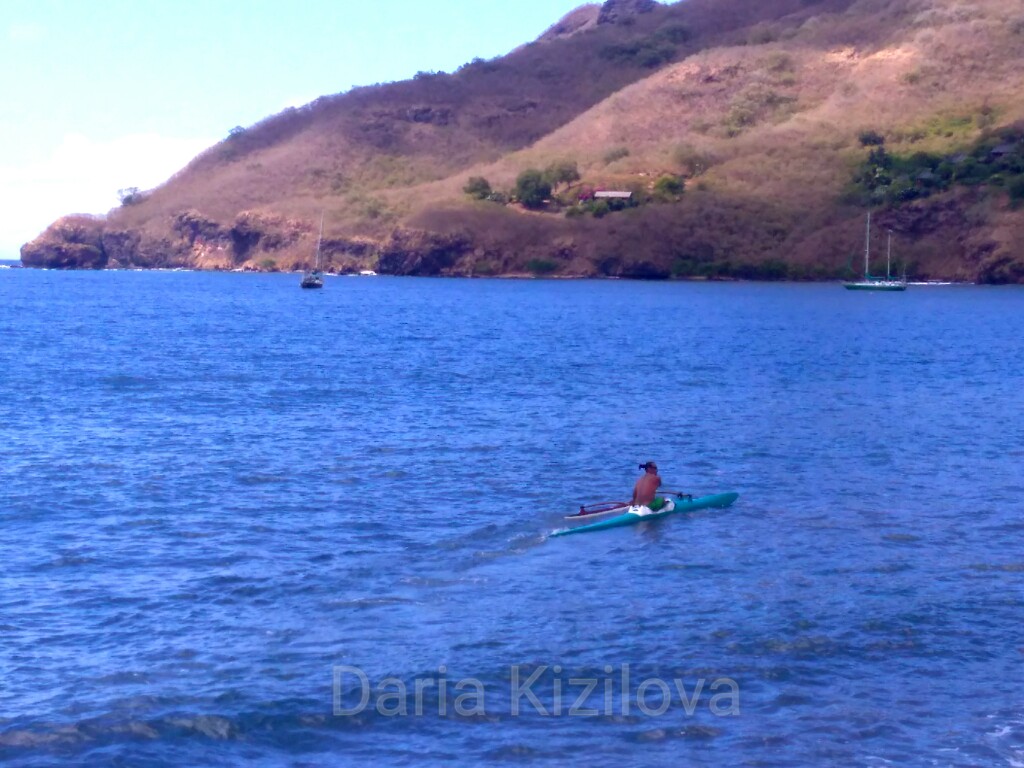Perhaps very few people know about the Cook Islands and where they are located. This miniature group of islands may soon disappear due to global warming and rising ocean levels.…

Last Updated on December 2, 2023
The Marquesas Islands are remote lands where mariners have moored for centuries, overcoming the Pacific Ocean. Brought by the West winds into the open sea. They, first of all, met with the funny cannibals of the islands of Nuku-Hiva, Fatu Hiva, Hiva-Oa, Hatutu, Ua-Huka, Tahuata, and others.
The islands are truly remote from other archipelagos not only territorially but also culturally. The pure Maori culture has been preserved here. Its remains can still be found in New Zealand but it is very rare. But in the Marquesas Islands, it is easy to meet fully tattooed residents with ornaments from the teeth of wild animals on their necks. Anyway, people lead the lifestyle that they had before. It seems that visitors only slightly affected them. Some islanders stubbornly do not accept things from the modern world.
There are amazing colors of the sea, deep blue waves. The sea is so strong and natural that it simply takes your breath away. Nowhere can you find so many marine colors, as they are in French Polynesia! From the azure blue lagoon of Bora Bora to the gray-blue dense shade of the seas near the Marquesas Islands. Here, volcanic soils and depths make the sea opaque and dangerous. Sharks may be hiding at the bottom, ready to attack.
This is one of the most inaccessible, distant and expensive islands of French Polynesia. Of course, now almost anywhere you can fly by plane with the only Air Tahiti airlines, but this is not an easy journey here. In fact, the islands are even a little closer to Hawaii than to Tahiti. But due to the fact that the airport is small and cannot be international, you have to maintain close communication with Tahiti. Provision comes from there, because of this it is painfully expensive. With Hawaii, it would be cheaper also because Hawaii itself is cheaper than Tahiti.
The flight takes 5 hours, you must make a stop on the Tuamotu Islands. How beautiful the rings of atolls from an airplane look! I have never met so interesting islands – long, long rings. You can probably go endlessly along the sand strip, skirting the island. And inside, in the lagoon, my favorite marine life lives. Actually, such an exciting journey could not be left without attention!
The Marquesas Islands are very rich in culture and nature. There is everything for life, and the scenery is breathtaking! There is wildness everywhere, the impenetrable jungle that emits thousands of voices at night – it’s just great! All the previous year I read a lot about islands in the Pacific Ocean, explored them one by one, chose the groups most interesting to me.
In French Polynesia, I wanted to see everything … But for this, you need to have just a huge budget and a lot of time, well, or your boat and even more time.
In general, you can travel between the islands by ferry, but you need to buy tickets in a few months. There is also the Aranui cruise ship running over two weeks in several islands, but it is not for budget travel. It takes about a couple of days to get to Tuamotu by ferry, and about four days to the Marquesas. On a sailboat, it takes about a week to overcome the distance from Tuamotu to the Marquis, because it is not always easy to catch the wind.
I have been using the Couchsurfing system for a very long time. Residents of the country where you are going offer to stay for a couple of days for free. It is convenient, fun and cheap. You can meet a lot of interesting people who will help you. And also not so boring to travel alone. Usually, CouchSurfing involves a very stable place where you will live – an apartment, an even better house :), or at least a corner where you can put your sleeping bag.
When planning a trip to the Marquesas Islands, I received a very interesting offer to live on a sailboat with a French navigator. Since he had good reviews, and it’s hard to find Couchsurfing on the islands, I agreed to live like this for three days while I was there.
These three days completely changed my way of understanding time and space. Mostly because it was pumping all the time 🙂 I used to go by ferry to the south of Chile for several days, but it was a very “big boat”. And even when we went on it to the open sea (and the ocean near the Drake Strait is very powerful). It began to rock hard, and everyone was sick, it could be dealt with. On a French boat (its name is “Samba”) we stood in the bay, so it didn’t swing like that. But it was smaller in size, in fact, constantly taking it somewhere.
At the same time, every day was completely different from the other one. For example, on the first day, it was difficult to adjust the vestibular apparatus, and it was necessary to make efforts to walk, talk and enjoy without straining. The second day was just beautiful, smooth and calm. And the third day, everything was just terribly annoying. The only thing I wanted was to go to my cabin.
In the sea, life proceeds very measuredly. Each procedure takes a lot of time – turn on the water to wash, cook, turn off the water. Water needs to be saved, that is why there is such a stagnant smell throughout the boat. Since most of the time passed offshore in exploring the island, a ritual is observed every morning and evening – to lower the boat, row to the shore, tie, go ashore. In the evening, on the way home, it’s generally difficult to navigate in the dark, where to row. I chose a stable point – some light on the pier, and from it, I built a direction. And the Frenchman managed to go a couple of times this day a couple of times, back and forth when he arranged a siesta.
When going on a long voyage, it is important to carefully select fellow travelers. Three days is not so much, especially since I was on land most of the time.
In general, you need to get used to marine life well. For three days, my body felt the burden of the fact that you always need to keep balance and cope with the instability of the support. This condition is tiring.
I met very different people in the marine lifestyle. These are mainly Europeans, France, Spain, single, but sometimes couples. On one site where I registered with Findacrew to search for a boat for boat hitchhiking – that is, like a passing car, only a boat. I found a lot of girls with their boats, who also explore the oceans.
In the Marquesas Islands, we became friends with a French couple who have been living on a sailboat for 14 years, 5 of them in French Polynesia. What is convenient here is that it is easy to moor, boats do not rob, and there are many bays where you do not need to pay for the berth. There are no pirates or other dangers than a storm.
There are 118 islands, many of them are not fully understood. This interesting couple swims everywhere with a big dog and always goes ashore with her.
Rarely any of the French come to work on the Marquesas Islands because they are very far and wild. It’s so hard to endure for so long. Therefore, skilled workers and volunteers are required here.
I was on the island of Nuku Hiva – the largest of the group. The main city is located in Taiokhae Bay where sailboats swim. The airport is located on the opposite edge of the island. To get to the city, you need to drive an hour along a winding road among the deep valleys. All Marquesas islands are mountainous and rampant. There are a few beaches for swimming, and next to them there are sharks and large jellyfish. But here you can walk up and get lost in the jungle with waterfalls. Vegetation varies with height. Where the airport is higher, it’s cooler and pine trees grow all around.
Going down into the city, you can often meet coconut and banana trees. In principle, a city is just a small road off the coast, on the path you can meet two shops, a church, and a marina where they clean fish and sell it at the market right there. Sharks constantly curl around the pier, hoping to grab a piece of fish. Our boat stood very close to this place. Each bath was terrifying because visibility is poor, and you don’t know if there are sharks.
Despite the fact that everything here is so close to nature, fabulous hotels are hidden a little higher in the mountains. Luxury coexists with simplicity, and from the height of their terraces offer beautiful views of Taiohae Bay.
There are many bays on the island of Nuku Hiva that you cannot reach by any transport. You need to either sail (sometimes it takes a whole day, only to migrate from one bay to another) or climb through the jungle. One of them is Anaho Bay with a very beautiful sandy beach surrounded by palm trees. To get there, you need to leave Taiohae and head north to the even smaller town of Hatiheu, where there are only a few houses and a church.
From there, you need to delve into the jungle, and after half an hour of ascent and descent, a wonderful bay with palm trees will open before your eyes. There is even a mini-museum of the culture of the Marquesas Islands and there are two calm-looking Polynesians, both in tattoos. They sit like this all day and watch the sea.
If you go from Hatiheu to the other side along the coast, you will see extraordinary views of the rugged mountain slopes in the form of wild animals. The road is very bad and dangerous, the turns are quite steep, and you need to prepare for them in advance.
At the end of the road, there is a tiny village that is not on the map. People here rarely see visitors, and because of the dense jungle, houses are almost invisible. The inhabitants of this place as elsewhere on the Marquesas Islands, feed on what nature provides. They go to the jungle to hunt wild pigs.
The land is always generous in providing food. Fruits grow year-round, and the ocean brings a lot of fish. Since the Marquesas Islands are so remote, untouched and deserted, there is enough natural food for everyone.
These people are very faithful to their cultural traditions and customs of their ancestors. On holidays, they perform ritual dances where they express their gratitude to nature. For example, they have an unusual “pig dance” that I happened to observe. During this dance, people squat evenly and make sounds like grunts. Wild pigs are the main source of food on these islands.

In their free time, Polynesians practice the art of pirogue. They are considered the best in the world! Every year, the famous Polynesian competition Hawaiki Nui takes place when athletes (men and women) must swim along the islands of Raiatea, Huahine, Taha’a and Bora Bora. It lasts three days, swimmers spend the night on one of the islands. This is a very bright event bringing the whole country together.
Polynesians from the Marquesas Islands do not often take part since it is very expensive for them to come to the Society Islands for training and competition. Nevertheless, they are faithful to their favorite sport here at home.

It is sad to realize that the inviolability of the way of life of the local people is being violated. Every year there are more and more businessmen from other countries who are ready to invest in the construction of new restaurant hotels.
Local residents are bribed to sell their land. But it is not so simple. They don’t have an understanding of the need for money. They have everything anyway. To preserve their territories and to continue a simple life together with nature – that is what matters most to them. Therefore, many Marquesas Islands do not like foreigners, they are very unfriendly to them. White people are a reminder that once they destroyed the civilization of the Marquesas Islands from 20,000 to 2000, bringing new diseases and wars.
Of course, now the islands are not at all like those densely populated, rich territories of the past. But they still continue to inspire their guests. As they once admired Paul Gauguin, Jack of London. Robert Louis Stevenson who lived on the island of Nuku Hiva for several years.
I can say with confidence that this is one of the cleanest, pristine and greenest places that I met on my way. It’s worth coming back more than once!